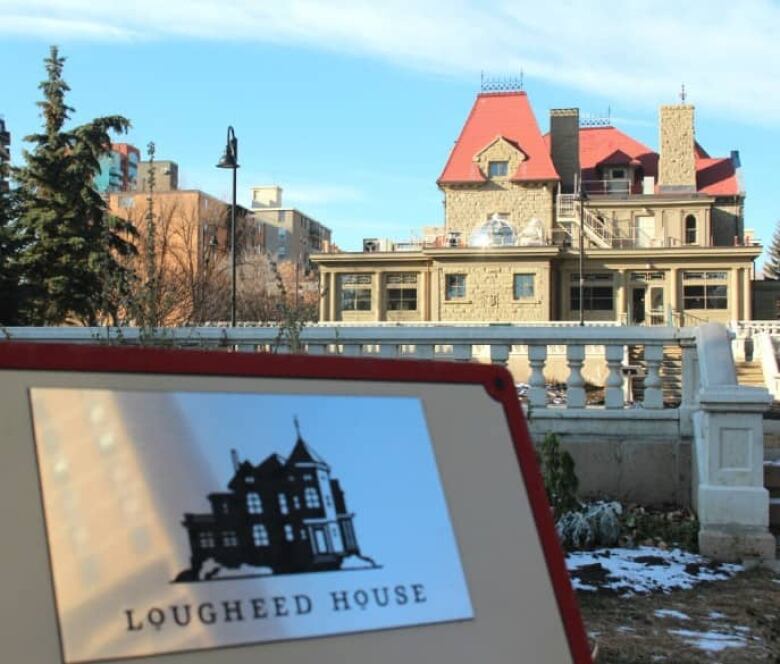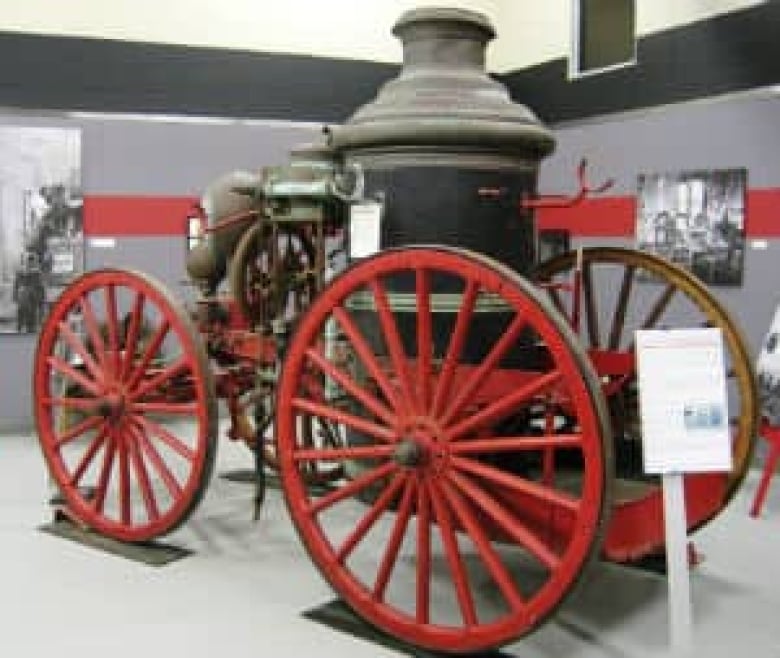Calgary's Great Fire of 1886 sparks 'Sandstone City'
The first major fire in Calgary 125 years ago started a sandstone building boom

It was 125 years ago when Calgary's first major fire roared to life on what is now known as Ninth Avenue and Centre Street.
Flames were spotted in the early morning hours of Nov. 7, 1886,at the rear wall of the Parish and Son flour and feed store.

Church bells, which awakened the entire community, alerted the youthful volunteers of the Calgary "bucket brigade."
Reports from the Glenbow Museum said despite efforts to tear down nearby buildings and mount fireguards, the wood-fuelled inferno fanned by a strong southwest wind swept through the streets leaving piles of rubble.
Nobody was killed or injured, but when the smoke cleared at noon 18 buildings were destroyed and losses were estimated at more than $100,000.

"Calgary was pretty new, just a couple years old as a town," local historian Harry Sanders told CBC reporter Karen Moxley. "(It was a) small population, so 18 buildings is a large proportion of the building stock."
Calgary bought a Ronald Steam Engine after the fire to better fight off future flames.
Because the fire was so devastating, town officials recommended that major civic and religious buildings be constructed out of Paskapoo sandstone rather than wood.
The 'Sandstone City'
So many buildings were built from sandstone that Calgary gained the nickname the "Sandstone City."
In a history tour of the structures, Sanders pointed out that some buildings were constructed of sandstone before the fire to help keep down expensive fire insurance costs at the time.

One located at 131 Eighth Avenue S.W., which now houses Catch Seafood Restaurant, survived the fire because it was made out of sandstone.Sanderssaidsandstone was sedimentary rock heavily located in the Bow Valley.
Sixteenquarries operated around Calgary supplying sandstone to construction projects. By 1890, over half of the city's skilled trades were stonecutters or masons.
Sanders said the first two charter banks in Calgary were made out of sandstone. Out of the roughly 250 sandstone buildings constructed in the boom, many are still used todaysuch as the Grain Exchange Building, Hudson Block and Palliser Hotel.
Pointing to an undated poster titled "Sandstone City" that the City of Calgary published in the 1980s, Sanders said rising costs for stone carving, the failure of the quarries to supply desirable stone and competition from other building materials led to the abandonment of the quarries.
The Sandstone Era came to an end with the onset of the First World War, leaving the city with a host of buildings renowned for their beauty.












_(720p).jpg)


 OFFICIAL HD MUSIC VIDEO.jpg)
.jpg)



























































































